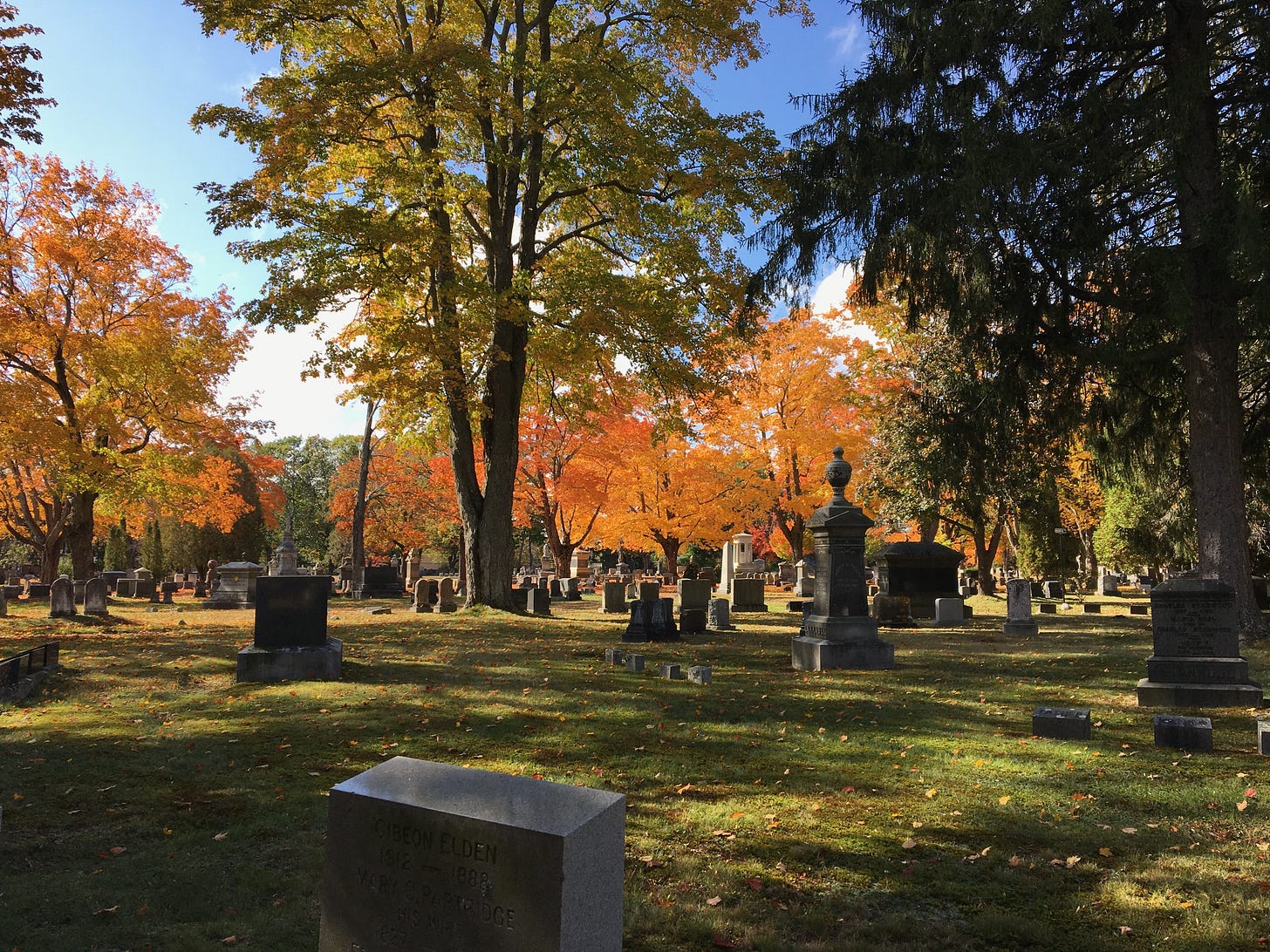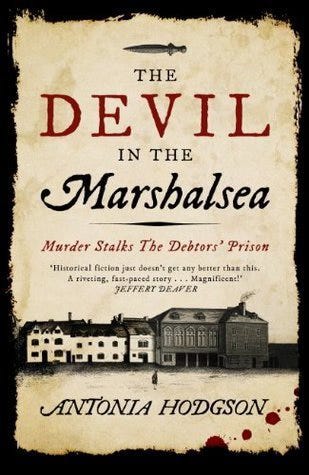An Epitaph for B.
A poem that used to be an essay about a man who is still a mystery
I’ve been working on submissions this week, so I’m coming to this intro a little bit late. Submissions are hard. I’ve spent a lot of time this week covering the dining room table with poems, trying to decide which ones to send where. The task felt overwhelming. In the end I was forced to employ highlighters. Never underestimate the clarity that comes with color-coding.
Speaking of overwhelming, my husband and I took on the basement last weekend. After moving my mom from her home of fifty plus years and into a succession of three apartments, I’ve ended up with some things to sort through. Plus there’s all the stuff our family of four has accumulated since we moved to our current house. More than six years later it’s time for a good purge.
A lot of what’s down there is easy. Abandoned projects, useful objects we’ll never use, duplicates of things we already have. Low stakes, simple decisions. I love seeing the donation bags pile up and our typical single bag of trash for the week is going to have some company on the curb.
But in the hierarchy of tough decisions, photos are the worst. I know I can’t save them all, but it’s amazing how quickly decision making fatigue sets in and I begin to agonize and second guess. And it’s a big responsibility to be the keeper of the photos. I say a silent thank you each time I flip over a photo and find someone’s name and date written on the back. I know I should be doing the same where ever I can. Oh, but the time it takes to preserve, organize, label. Again, it’s been overwhelming. I’m committed to doing it, but it’s going to take some time.
Today’s poem is about one of the relatives for whom I have no photos. Or, perhaps I do, but nobody took the time to write his name on the back. And no one is left who could identify him for me. My great grandfather, my maternal grandmother’s father, died in his thirties in the early years of the twentieth century in an explosion at the mill where he worked. Several years ago my research led me to a book on Maine history in which I found his name and the story of his death. It also mentioned the cemetery in which he was buried. The poem is about my search for his grave.
This poem actually started life as an essay. At some point I got the idea to turn it into a poem. I’ve chiseled away at it sporadically for a number of years. This week, when my attention for writing felt thin, I turned to editing instead. I like the relative spareness of it, given its wordier beginnings. It’s a distillation, which gives it less volume but more potency. The small stanzas make me think of the footprints I might have left as I wandered the graveyard.
An Epitaph for B.
Burial records
prior to 1930
do not include
plot numbers
The town clerk
smiles an apology
But it’s a lovely
day for a walk
An old stone wall,
its boulders gathered
from a field now
refilled with headstones
The oldest graves
closest to the road,
lichens obscuring dates
in slate and pitted marble
Under the trees
are family plots,
old sorrows held in
wrought iron railings
Tiny stones tell
of babies lost,
unknown tragedies
recalled to the present
A mother, three daughters,
Ruby, Sophie, Ida,
all lost on the same
January day, 1803
To a fire? To a fever?
Their epitaph
is one word:
Beloved
Further back
the dates grow
more recent
I search for his name
Yet after walking
every row, reading
each stone, he
remains hidden
I wonder why did
they bury him here
Everyone he loved
resting elsewhere
They were young,
three little daughters
Saving for new shoes,
not burial plots
Perhaps his was
donated by someone
who pitied his widow
Or by the mill company
He was not,
after all, their first
contribution
to the local dead
I wander among
the graves, noticing
outlines of fallen stones
under the turf
A corner pushed up
by last winter’s frost,
How many more are
sunk below its reach?
Perhaps what I seek
is long lost beneath
the grass here in the sunlight,
under the moss below the trees
Gone forever
Like the man
I had hoped to find him
But he is gone from here
I will not see his stone,
trace its letters with
my fingertips, whisper
my name to the grass
How can I write
an epitaph for a man
I never knew, whose eyes
could have been blue
Whose hair might
have curled like mine,
who could have laughed
just the way I do?What I’m Reading:
I finished a book last night. That means two things: 1. I stayed up much too late reading, and 2. I have to chose which book to start tonight. I think I’ll go with The Devil in the Marshalsea, the first in a historical mystery series by Antonia Hodgson.
Here on Substack:
Don’t miss today’s post from
. It’s a really perfect read here at the end of Women’s History Month; an inducement to carry the spirit and the fight into the rest of the year.
- writes gorgeous, evocative, expressive verse at . The piece below really wowed me this week. But don’t be limited by this link alone. He has so much beautiful work for you to enjoy.
Happy Reading, Everybody! Enjoy the weekend.






I so relate to this, Tara. I am the keeper of pictures in my family as well. And the amateur historian. Collector of papers and facts and stories. But I can't keep it all. And I haven't yet come up with a good equation that solves for a balance of nostalgia and memory and emotional value.
Walking around graveyards like Glasnevin cemetery in Dublin, beg the questions you've asked here. Powerfully evoked.